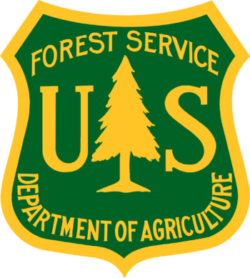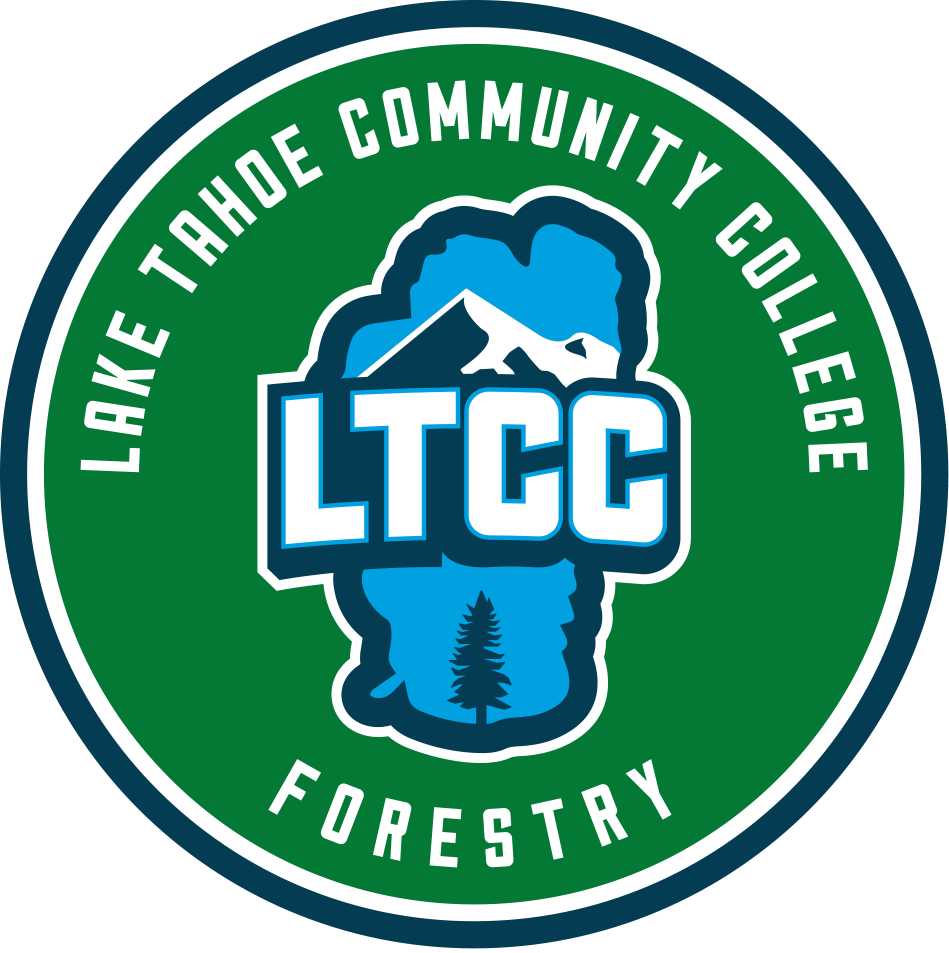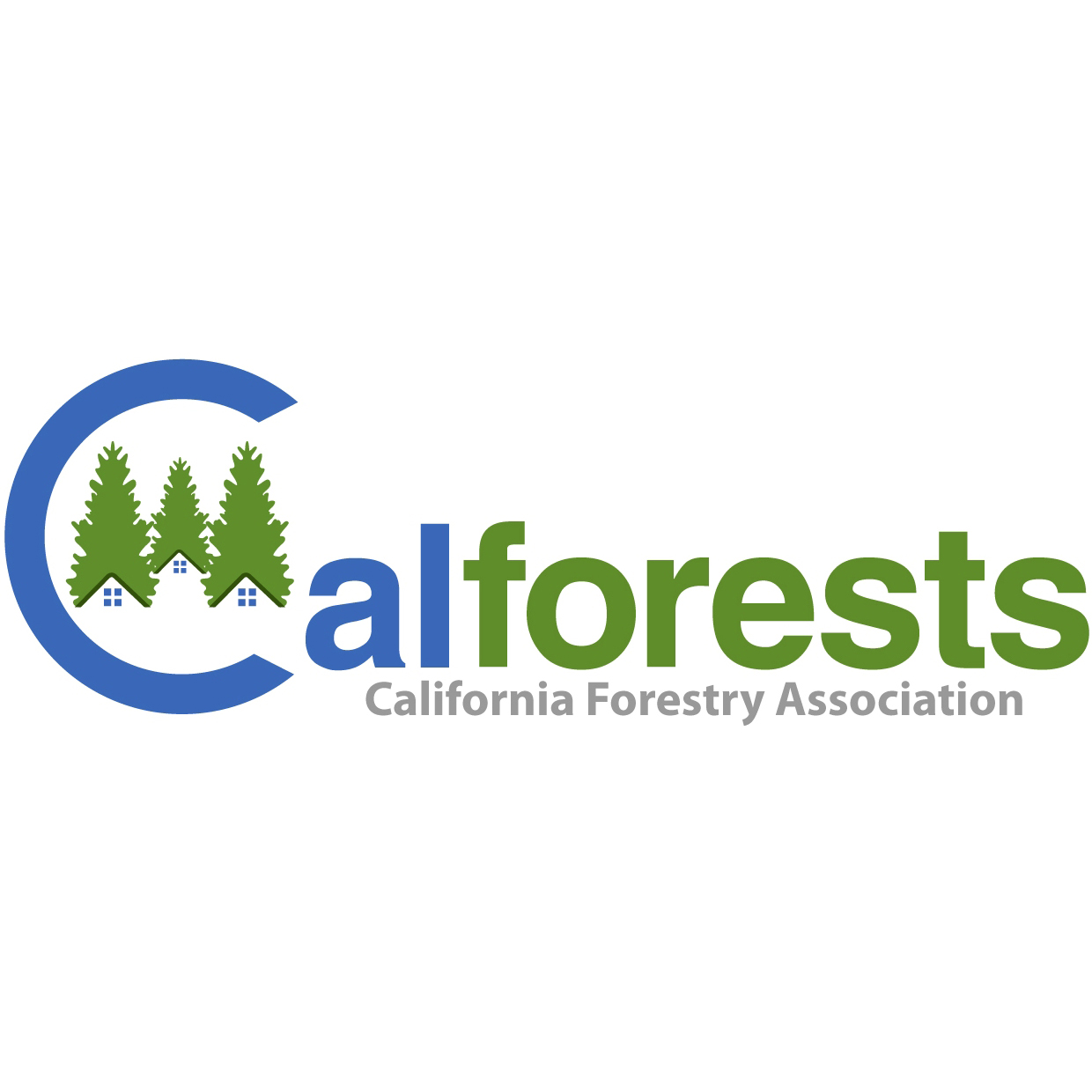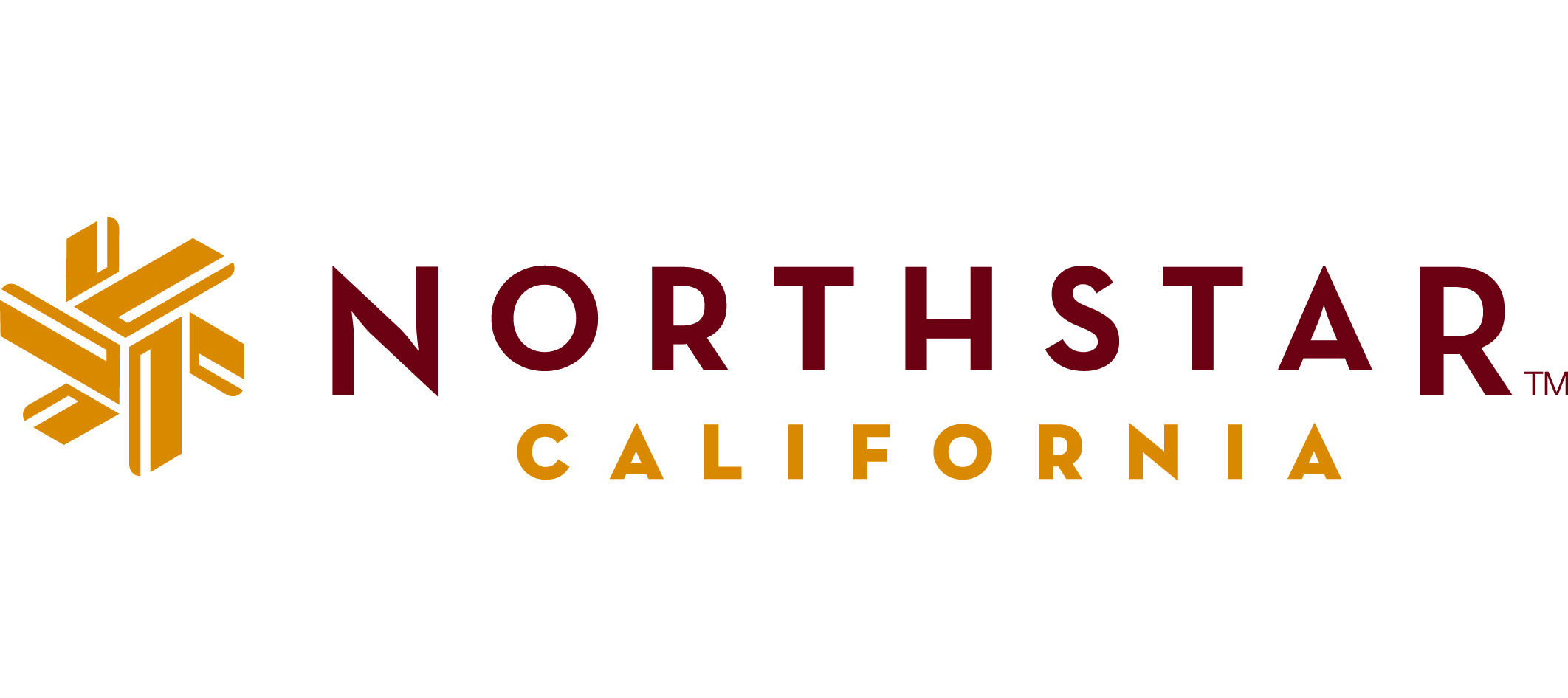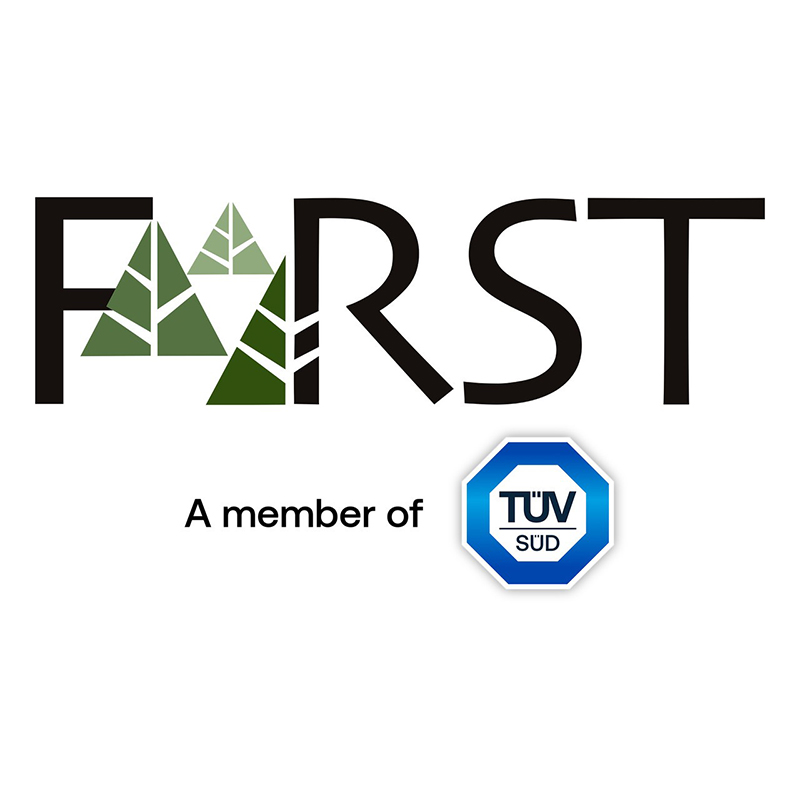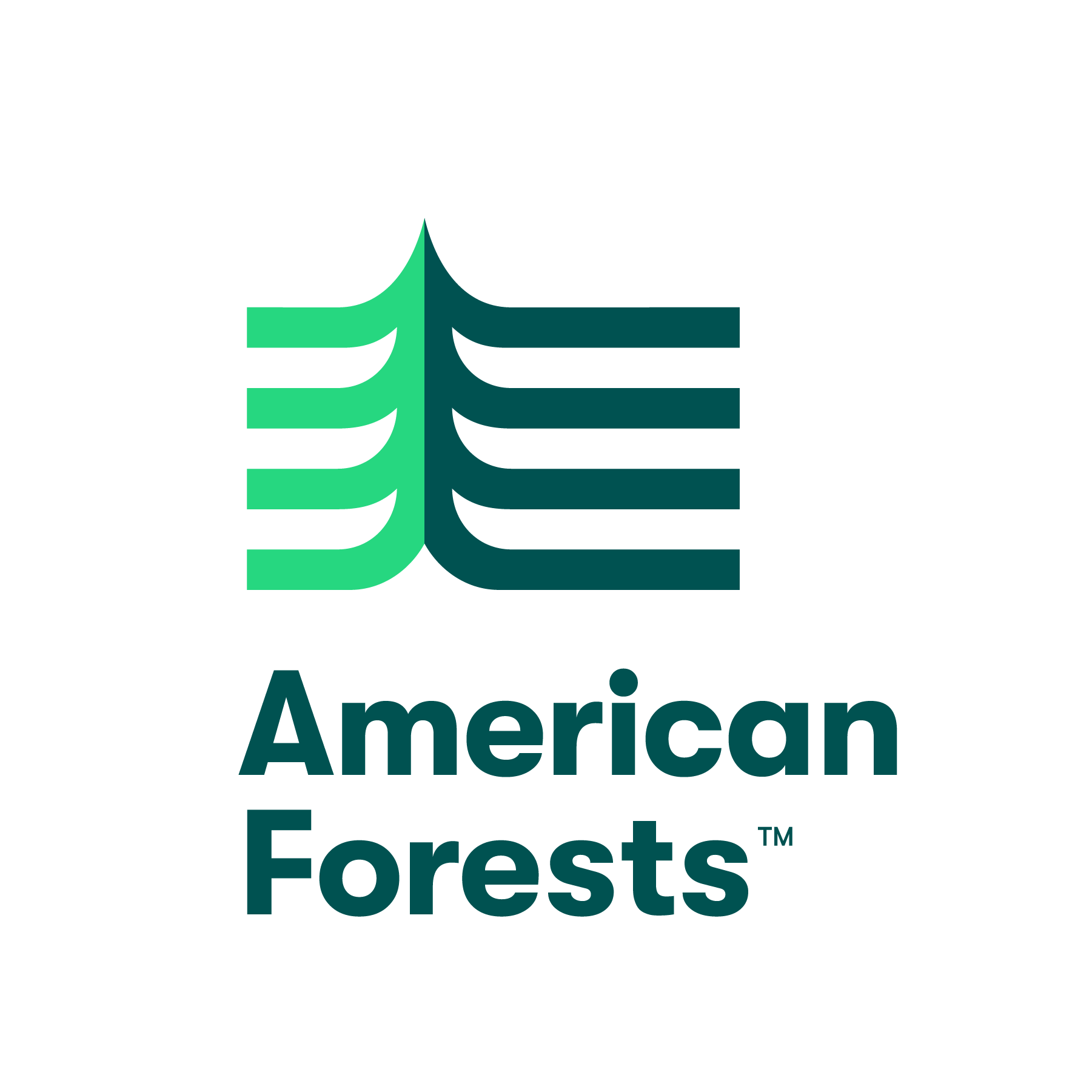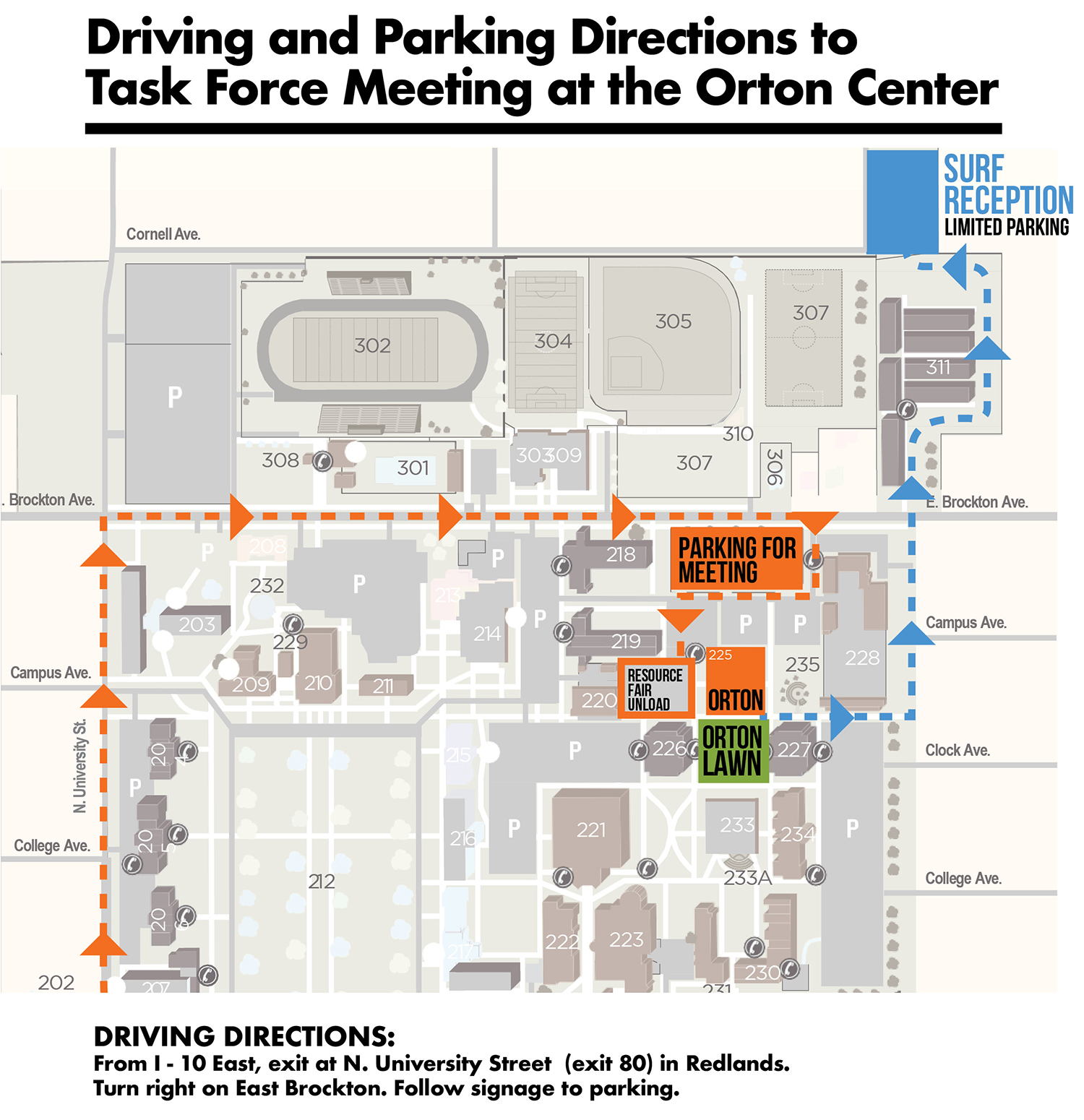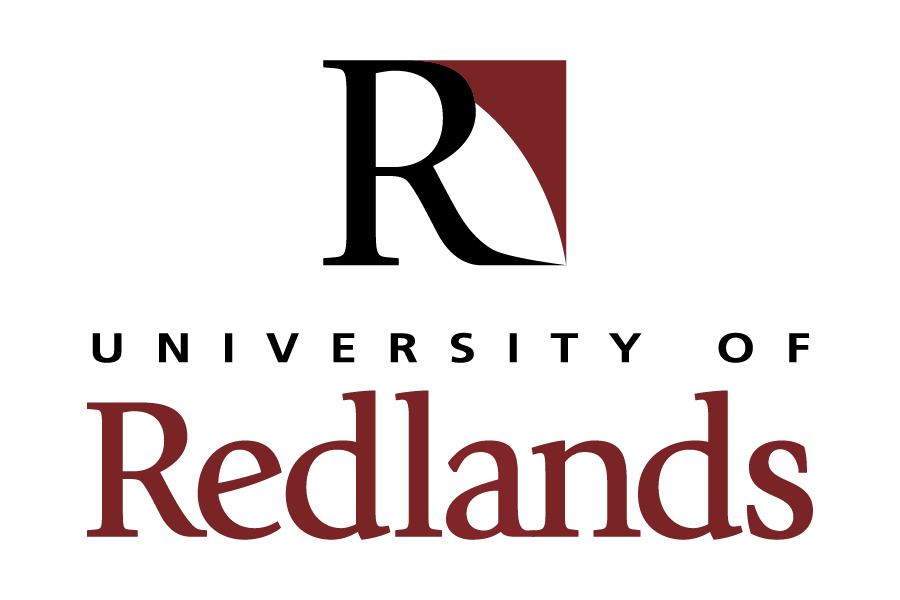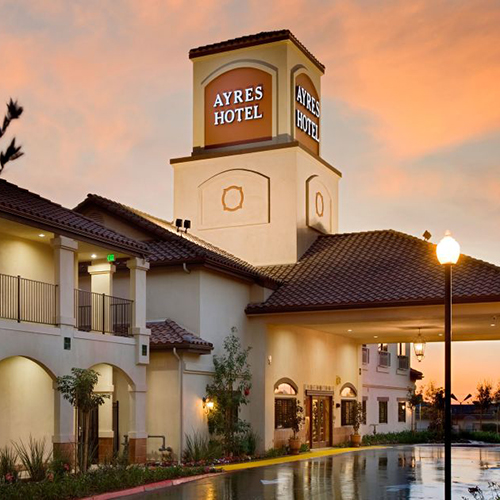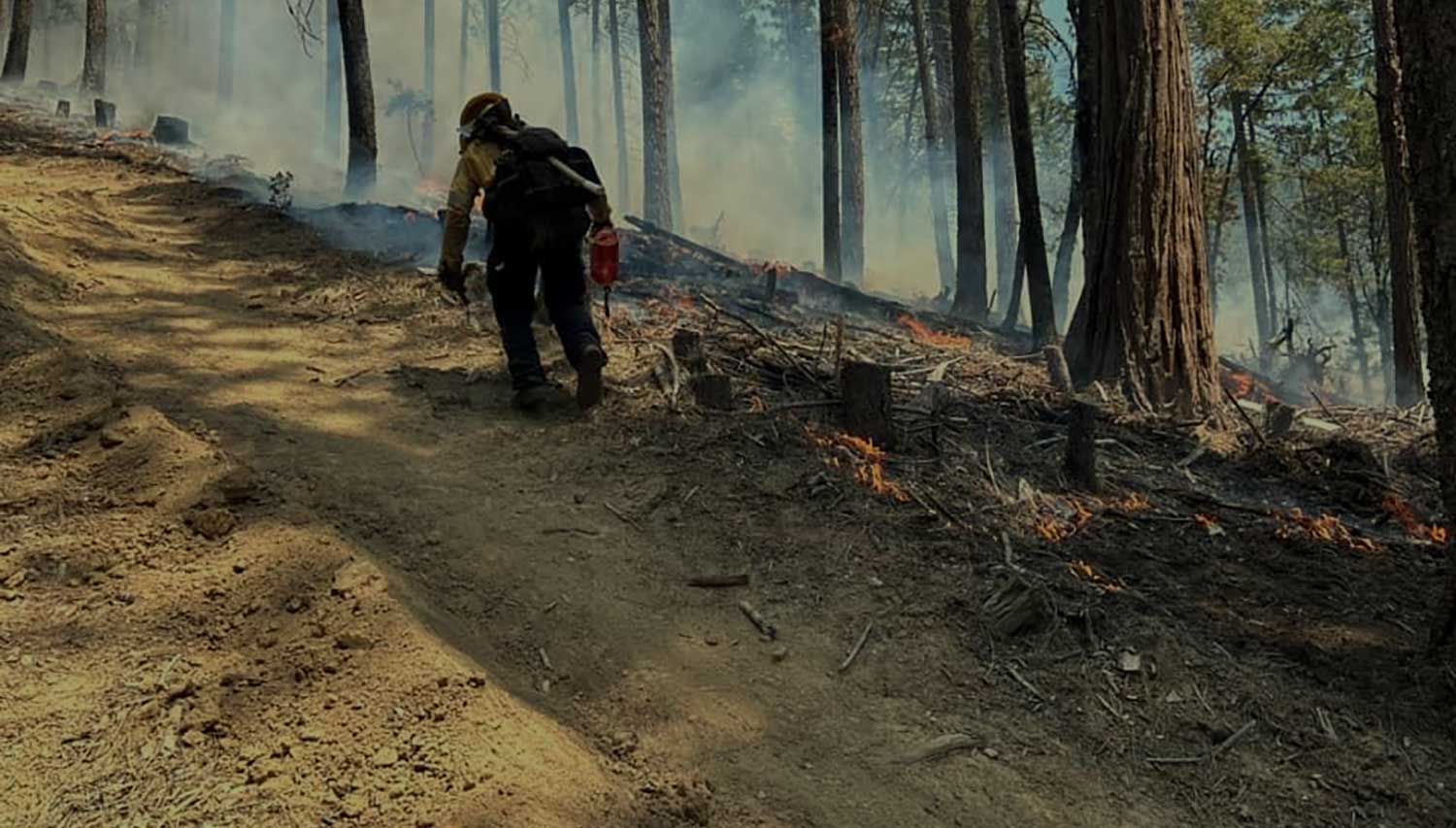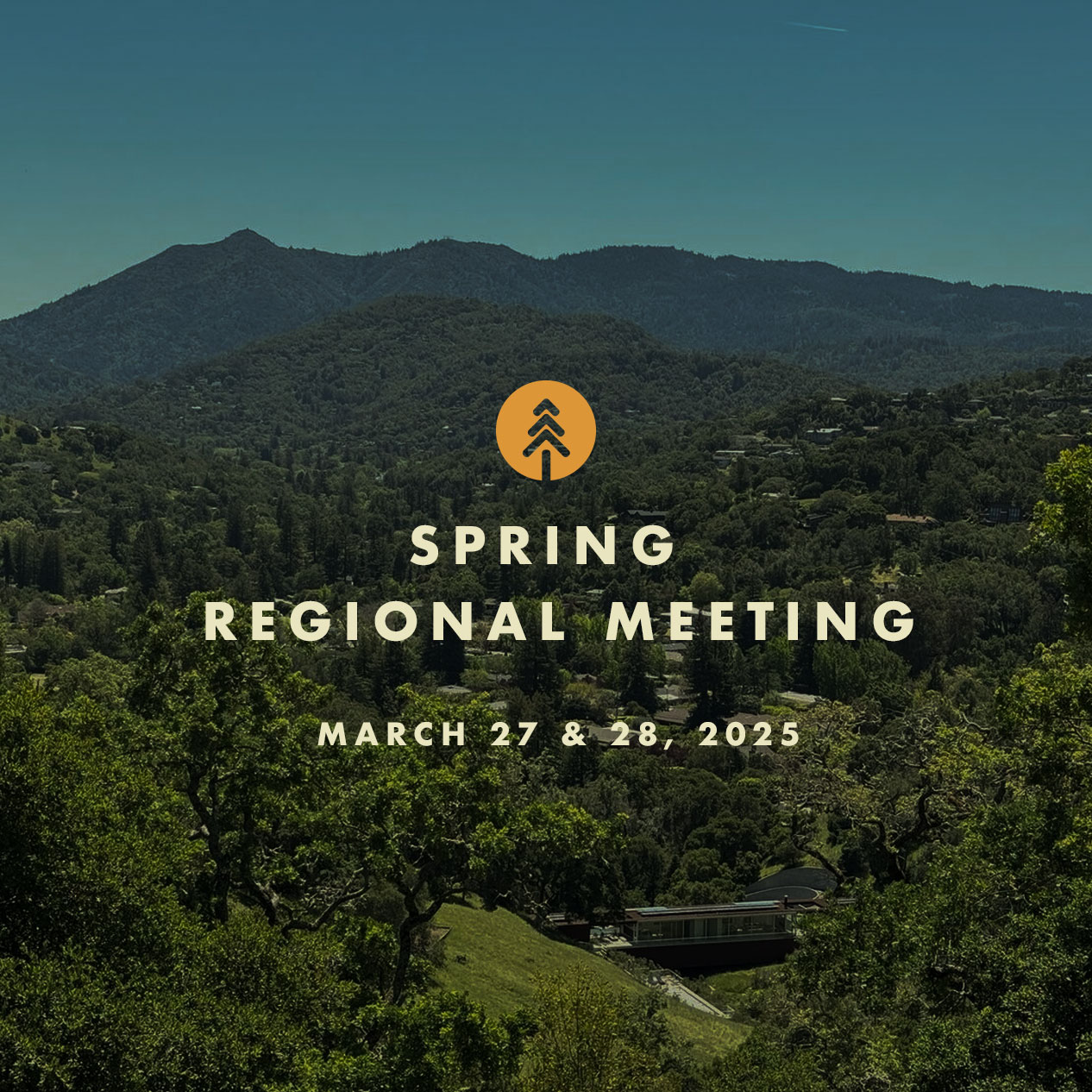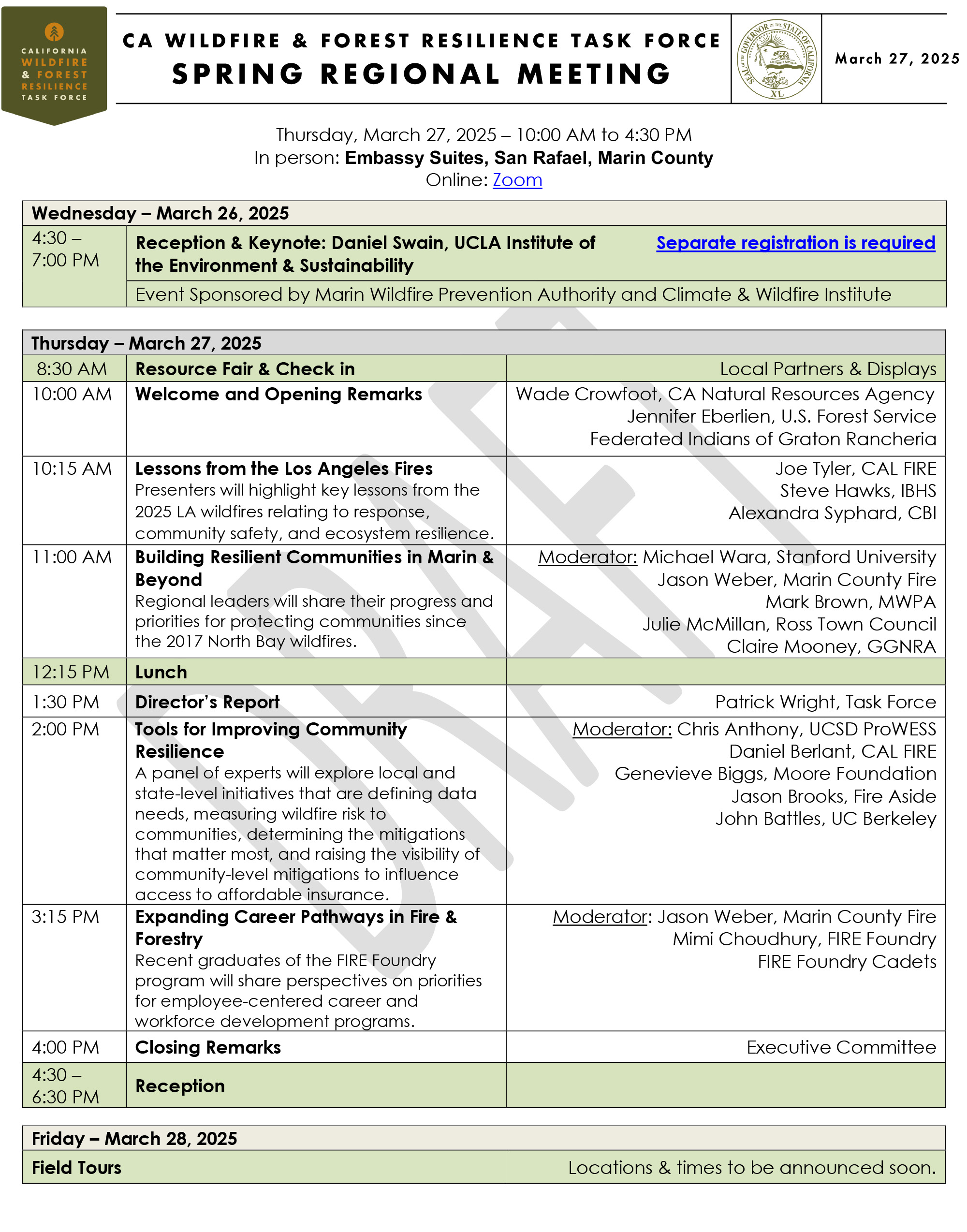Inland Empire Resource Fair Vendors
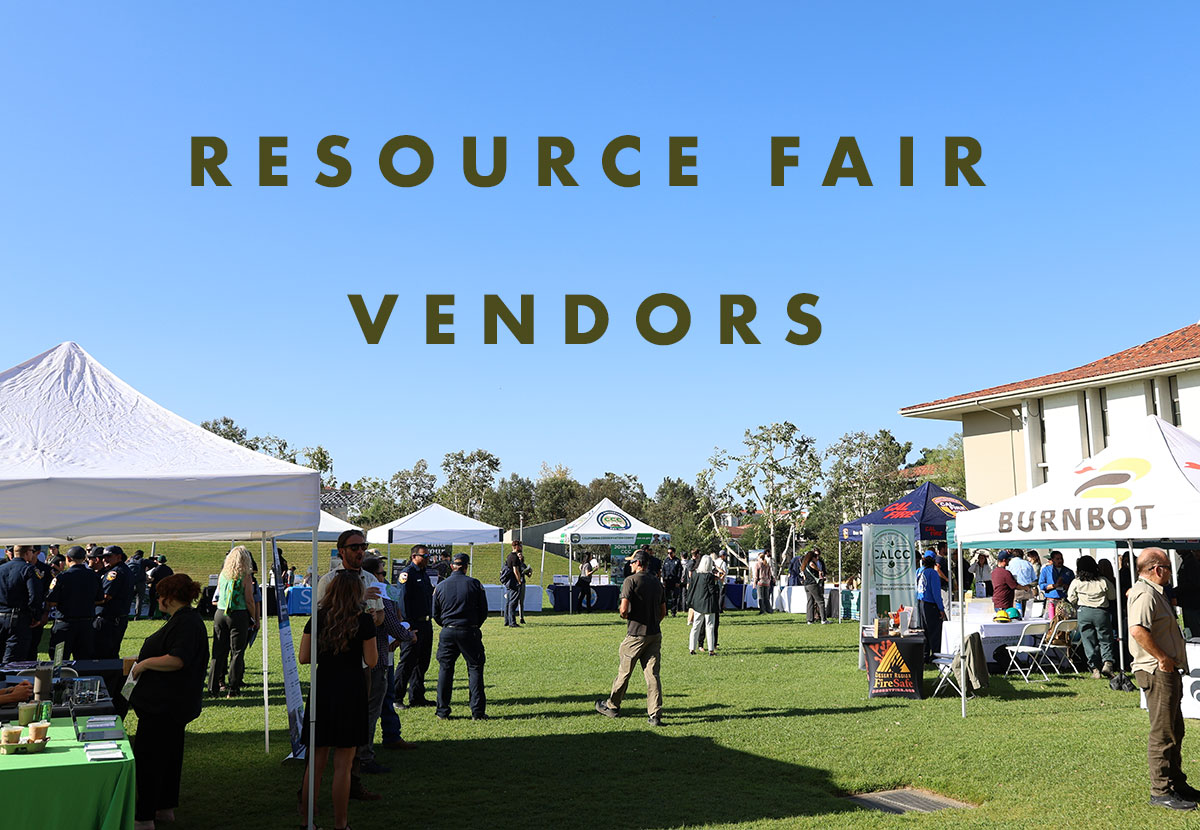
Over 30 vendors participated in the Resource Fair!
CLICK THE NAMES BELOW TO FIND OUT MORE
-
Inland Empire Fire Safe Alliance
-
California Department of Insurance
-
Desert Region Fire Safe
-
UC Agriculture and Natural Resources (UC ANR)
-
BurnBot, Inc.
-
Forestry Educators Incorporated / Forestry Challenge
-
Ascent
-
The Forestry & Fire Recruitment Program (FFRP)
-
California Conservation Corps
-
Foundation for California Community Colleges
-
California Fire Safe Council
-
Headwaters Resiliency Partnership
-
TreePeople
-
American Forests
-
Southern California Wildfire Resilience Partnership
-
Southern California Mountains Foundation
-
CalTrans – Office of Natural Resource Managment
-
USFS
-
National Forest Foundation
-
SWCA
-
Dudek
-
Center for Community Action and Environmental Justice
Interagency Partners Sign Charter to Reduce Wildfire Ignitions in Southern California
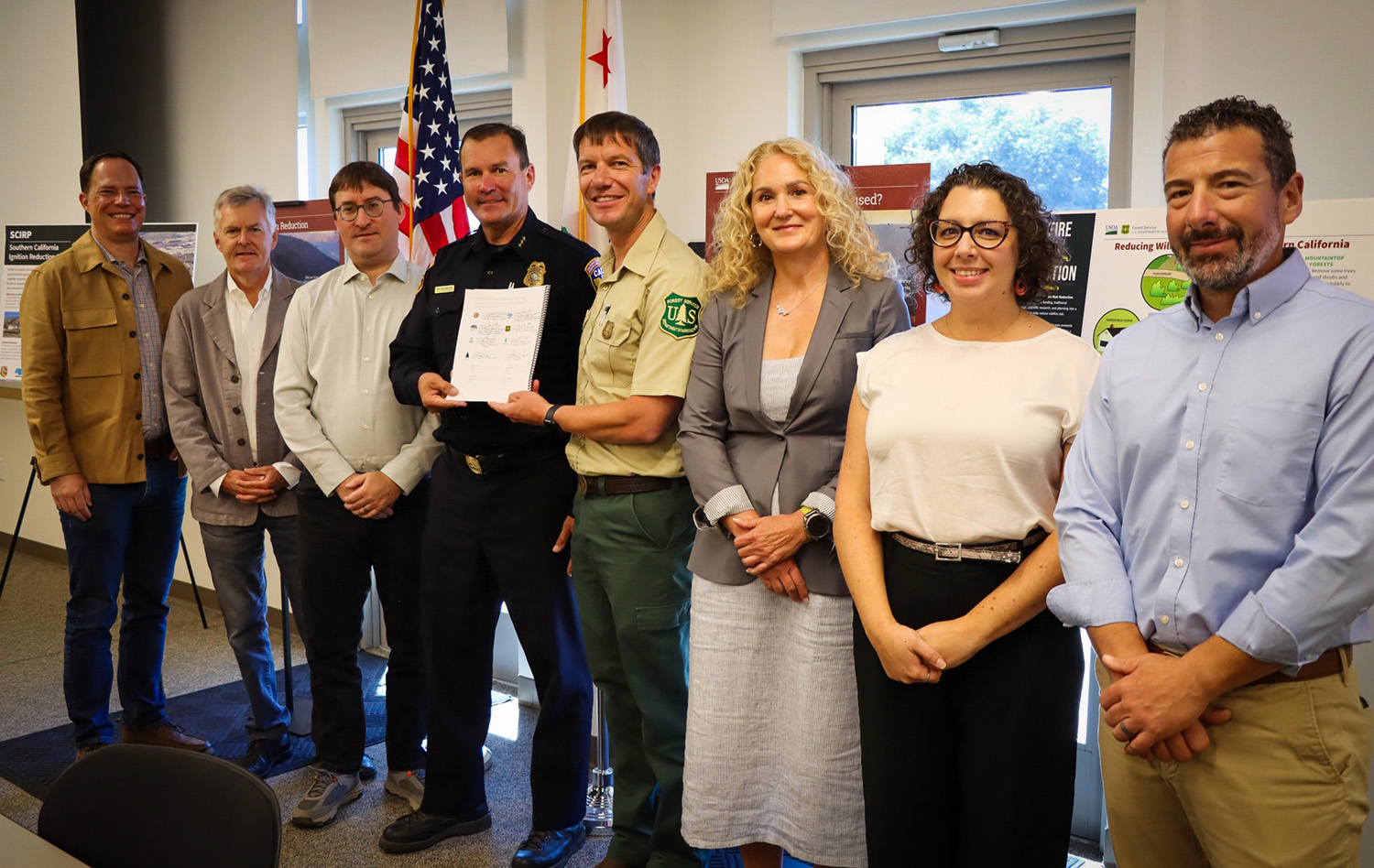
Interagency Partners Sign Charter to Reduce Wildfire Ignitions in Southern California
September 3, 2025 – Federal, state, and nonprofit partners, including the U.S. Forest Service, CAL FIRE, the California Department of Conservation, Caltrans, and the California Wildfire and Forest Resilience Task Force signed the Southern California Ignition Reduction Program (SCIRP) charter at the Southern California Geographic Area Coordination Center in Riverside. SCIRP is a public-private partnership created to reduce human-caused wildfire ignitions, particularly along roadways where nearly two-thirds of Southern California wildfires begin. The charter will reduce ignitions, lower costs, and limit wildfire impacts across jurisdictional boundaries.
With nearly 95 percent of wildfires in the region sparked by human activity, SCIRP was established in 2023 to directly confront wildfire risk. SCIRP’s mission is to systematically plan, fund, and carry out projects that reduce human caused ignitions while building public awareness and support. Its vision is a future where Southern California fires are limited to natural or beneficial ignitions, and roadways are lined with ignition-resistant materials and native plants.
The program is led by an Executive Committee that includes the U.S. Forest Service, Caltrans, CAL FIRE, and the California Department of Conservation, with advisory support from the National Forest Foundation, Blue Forest, and Conservation Investment Management.
California Allocates $9.5 Million for Wildfire County Coordinator Program
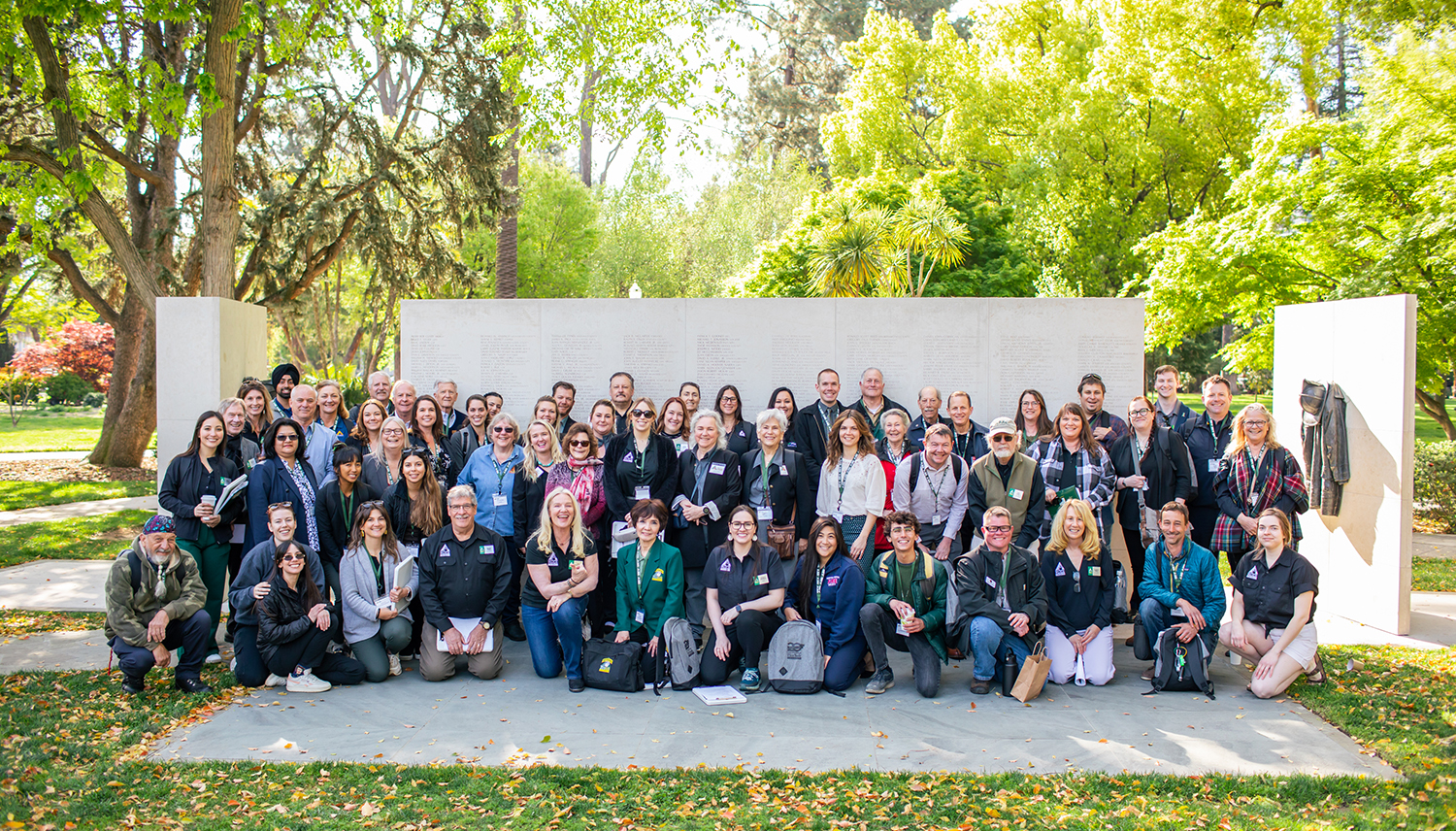
California Invests $9.5 Million for Wildfire County Coordinator Program
July 31, 2025 – With the support of Governor Newsom and the California State Legislature, the 2025-26 budget will provide $9.5 million for the Wildfire County Coordinator Program. Delivered in partnership between the California Fire Safe Council and CAL FIRE, the program establishes critical local capacity in 47 California counties with dedicated coordinators to secure funding, implement mitigation projects, engage vulnerable populations, and build resilience in high-risk communities. Coordinators serve as the crucial link between state strategy and local execution—ensuring California communities are better prepared, better connected, and more resilient to wildfire. The program will continue:
- Operationalizing California’s Wildfire and Forest Resilience Action Plan at the county level;
- Accelerating home hardening, defensible space implementation, and public education;
- Standardizing data collection to track local and statewide wildfire resilience progress; and
- Improving public safety, community insurability, and wildfire preparedness in California’s highest-risk regions.
Impact of the Wildfire County Coordinator Program
Investments in community capacity through the program have already produced substantial mitigation and resiliency benefits:
- Secured over $85M in funding for local wildfire mitigation projects;
- Coordinated with over 10,000 organizations to increase collaboration, break down silos, and leverage resources for community mitigation;
- Hosted over 3,800 events for community engagement and education;
- Educated and empowered over 800,000 residents to take action for wildfire resilience; and
- Established more than 100 new FireWise Communities and Fire Safe Councils.
Testimonials from the Wildfire County Coordinators
“The Program has allowed Del Norte County Fire Safe Council to protect many underserved residents and coordinate with other wildfire mitigation groups to maximize impact. Our County Coordinator has brought nearly $4 million in federal funding to Del Norte County, created defensible space around 372 homes, and completed 1,500 home assessments.”
– Aaron Babcock, Del Norte County
“A small investment in capacity can lead to sustainable, long-term improvements for any organization. Because of the County Coordinator Grant, Plumas Fire Safe Council had the capacity to obtain a $6.8 million dollar grant dedicated to hazardous fuels reduction and assessment.”
– Liam Gallaher, Plumas County
“The County Coordinator Grant has supported collaboration in our county by allowing us to create a collaborative meeting of 14 fire prevention agencies in the county to better inform the public and improve our ability to leverage funds and labor.”
– Jon Cottington, Madera County
“We’ve been able to significantly expand our youth education impact by implementing three new school programs and getting back into the classroom with students for the first time since the 2018 Camp Fire.”
– Lauren de Terra, Butte County
“The program has given us the time and opportunity to strengthen our outreach countywide while implementing critical fuel reduction programs. We’ve also been able translate educational materials into Spanish, expanding our outreach to underserved populations.”
– Marika Ramsen, Sonoma County
“We’ve reduced redundancy, supported capacity and collaboration for other Fire Safe Councils, and boosted community engagement through Firewise USA. We also learn from other County Coordinators & implement those lessons learned.”
– Stephen Watson, Ventura County
USFS Invests Nearly $8 Million in Wood Innovation Grants in California
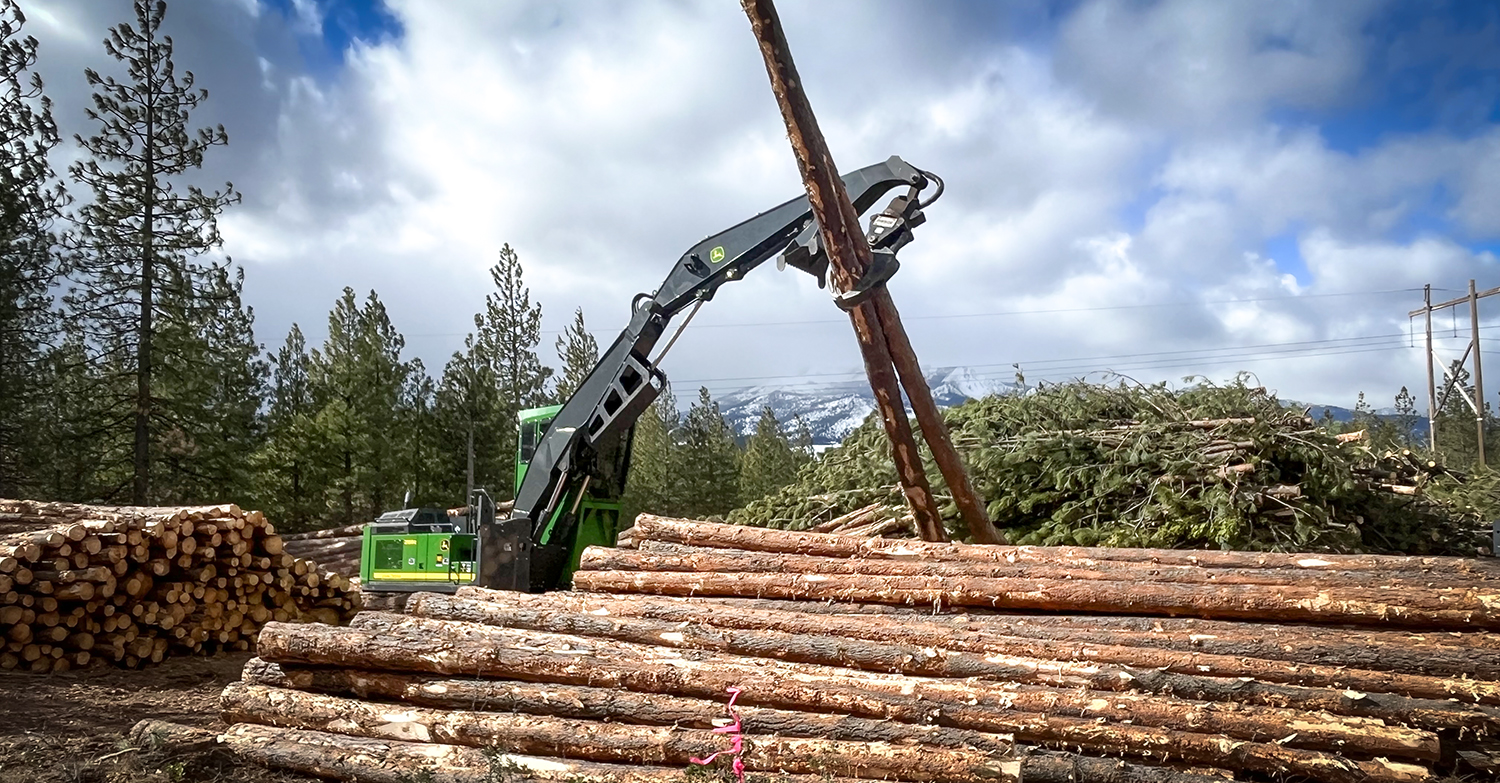
USFS Invests Nearly $8 Million in Wood Innovation Grants in California
July 17, 2025 – The U.S. Forest Service announced awarding $80 million in Wood Innovations and Wood Product Infrastructure Grants to spur wood products manufacturing, expand active forest management, and accelerate energy innovation. Of these investments, nearly $8 million will go to 16 projects in California. A list of California awardees is below:
Wood Product Infrastructure Assistance Grant Program:
- Alpenglow Timber, LLC – $906,492: Establishes sawmill operations to support reduced wildfire risk and active forest management on National Forests and tribal forestlands in California and Nevada.
- California Hotwood, Inc. – $232,000: Upgrades firewood processing capacity to support reduced wildfire risk and active forest management on National Forests in California.
- Fall River Resource Conservation District – $252,642: Upgrades and modernization of biomass power facility operations to support reduced wildfire risk and active forest management on National Forests in California.
- Franklin Logging, Inc. – $907,568: Upgrades to lumber drying operations at sawmill to support reduced wildfire risk and active forest management on National Forests in California.
- Green Diamond Resource Company – $337,500: Establishes a stationary chipping facility to utilize small diameter and low value species in support of wildfire risk reduction and active forest management on National Forests in California.
- Lignum Support, LLC – $1,000,000: Upgrades and expansion of forest residues chipping operations for biomass energy to expand the utilization of forest residues and reduce wildfire risk and support active forest management on National Forests in California.
- Pacific Ultrapower Chinese Station – $960,000: Improves operational efficiencies at biomass power plant to support reduced wildfire risk and active forest management on National Forests in California.
- Tuolumne Biomass, LLC – $999,131: Upgrades small log processing operation to expand markets for small diameter and lower value species and support reduced wildfire risk and active forest management on National Forests in California.
Wood Innovations Grant Program:
- American Wood Fibers, Inc. – $300,000: Installs wood pellet mill to increase low-value wood utilization while supporting active forest management in California.
- DTE Materials Inc. – $300,000: Advances the production of wood concrete aggregates to improve utilization of low-value biomass and support active forest management.
- Enfilade Partners – $300,000: Designs and engineers a mass timber affordable housing project to accelerate the adoption of domestic mass timber thereby increasing active forest management and markets for small-diameter timber.
- Falk Forestry, Inc – $299,664: Establishes sawmill and firewood production to increase timber utilization and active forest management in Northern California.
- Fall River Resource Conservation District – $150,000: Establishes biochar production capabilities to support active forest management and wildfire risk reduction across national forests in California.
- Happy Camp Community Action, Inc. – $300,000: Advances the development of a new wood composite product to improve utilization of low-value biomass and support active forest management.
- Loamist, Co. – $300,000: Identifies locations for new low-value biomass markets to support active forest management and wildfire risk reduction in California.
- Sierra Institute for Community and Environment – $300,000: Installs mass timber manufacturing equipment thereby increasing active forest management across western forests.
Registration Now Open for the Next Regional Meeting September 4-5
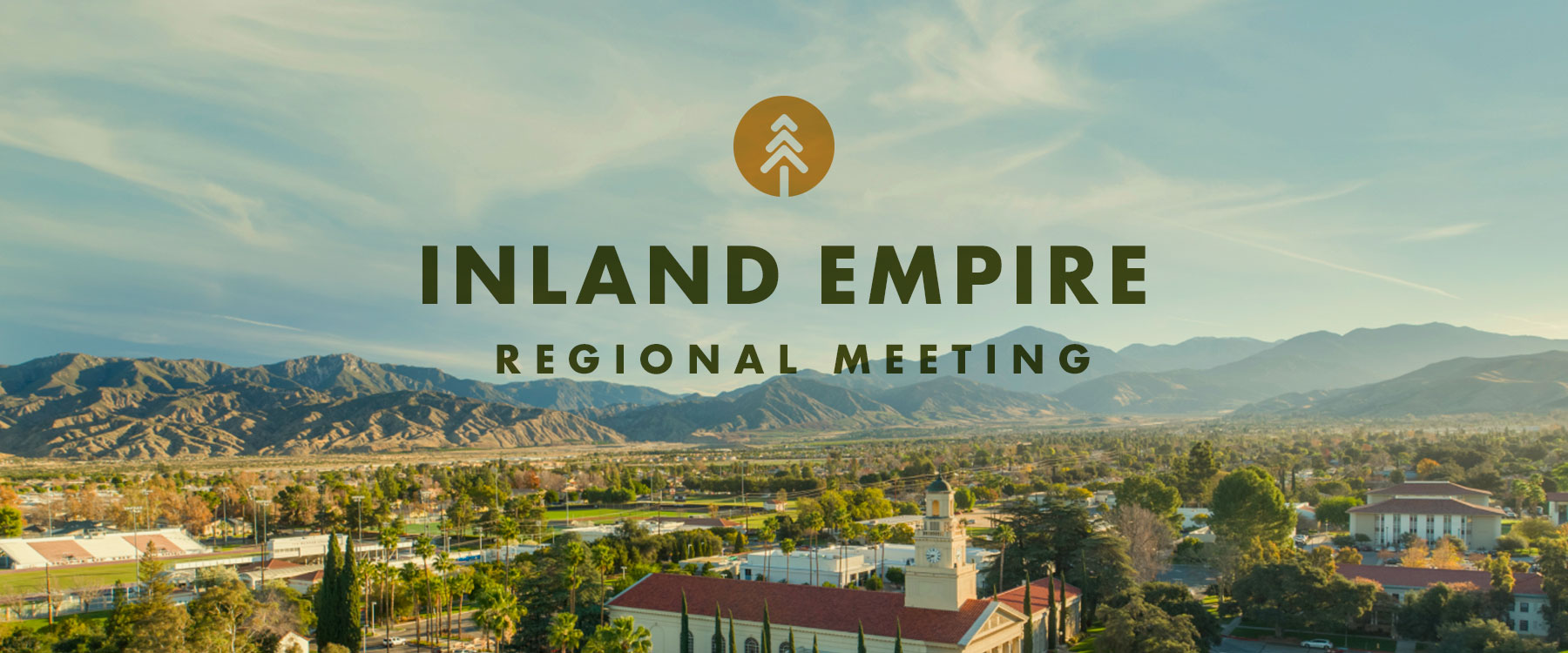
Inland Empire Regional Meeting
SEPTEMBER 4-5, 2025
The Inland Empire Community Foundation and the Inland Empire Resource Conservation District are hosting the California Wildfire and Forest Resilience Task Force Regional Meeting September 4 at the University of Redlands in San Bernardino County. A remote attendance option will be available via Zoom.
The meeting on September 4 will highlight the 2025 Action Plan and issues of regional importance. We will kick off the day with refreshments and a resource fair.
On September 5, Task Force partners will host field tours offering immersive opportunities to better understand the critical landscape health and wildfire resilience work being done in the region.
DRAFT EVENT SCHEDULE
September 4
– Resource Fair – 8:30 a.m. to 10:00 a.m.
– Morning Session – 10:00 a.m. to 12:15 p.m.
– Lunch – 12:15 p.m. to 1:30 p.m.
– Afternoon Session – 1:30 p.m. to 4:30 p.m.
– Reception – 4:30 p.m. to 6:30 p.m.
Inland Empire FIELD TOURS – September 5
North Big Bear Landscape Restoration Project
Implementing the Montane Forest Strategy as Fires Approach
Destination: Join the San Bernardino National Forest and Headwaters Resiliency Partnership to learn about the 13,000 acre North Big Bear Landscape Restoration Project, which focuses on forest health, water quality, and managing landscapes within the urban interface. The tour will visit wildfire scars near the project area and will include discussions on The Southern Montane Forest Conservation Strategy; conservation finance with Blue Forest and National Forest Foundation; and workforce development with Southern California Mountains Foundation and Urban Conservation Corps Crew.
Tour Host: USFS – San Bernardino National Forest
Location: Big Bear Discovery Center: 40971 North Shore Drive/Hwy 38, Fawnskin, CA 92333
Start/End Time: 9:30 a.m. to 2 p.m.
Accessibility: Limited walking on level terrain
Notes: Carpooling is encouraged; bring a packed lunch, water, sunscreen, and wear protective clothing for sun exposure.
Collaborative Conservation in the San Bernardino Mountain Foothills
Facing Ecosystem and Community Threats in Oak Glen and Yucaipa
Destination: Learn how public agencies, non-profits, and communities are working together toward wildfire resilience on this multi-stop tour in the San Bernardino Mountain foothills. The first stop at El Dorado Ranch Park will highlight the 2020 El Dorado fire impacts, recovery, and restoration. The tour will then head to Wildwood Canyon State Park to hear about a multi-partner restoration project that’s utilizing the Statutory Exemption for Restoration Projects (SERP) CEQA pathway. The tour will conclude at The Wildlands Conservancy’s Oak Glen Preserve to learn about local invasive issues like the Goldspotted Oak Borer and White Pine Blister Rust. Attendees are encouraged to further explore or grab lunch at the Preserve after the tour.
Tour Host: Inland Empire Resource Conservation District
Location: El Dorado Ranch Park: 37216, Oak Glen Road
Start/End Time: 8:30 a.m. – 12:30 p.m.
Accessibility: Some walking on dirt roads, uneven surfaces
Notes: Bring water, sunscreen, and wear protective clothing for sun exposure and walking on dirt trails. Attendees can purchase lunch at Los Rios Rancho at the final stop of the tour.
Santa Ana Mountains Holistic Risk Reduction
Grounding the Airport Fire and Preparing for the Next One
Destination: Visit the Cleveland National Forest to learn how firefighters leveraged holistic wildfire risk reduction efforts during the 2024 Airport Fire and how fire recovery is being implemented with the next fire in mind. The tour starts on the South Main Divide fuelbreak, where the fire was held before it could move into the densely populated areas of Riverside County around Lake Elsinore. The tour will also highlight a collaborative pilot project, led by CalTrans, for the Southern California Ignition Reduction Program. The tour will conclude with a visit to the CAL FIRE managed Los Pinos California Conservation Camp, which was successfully protected due to proactive vegetation management.
Tour Host: USFS – Cleveland National Forest
Location: California Wildland Firefighters Memorial Picnic Area: Immediate left from South Main Divide Road within 100 yards of Hwy 74.
Start/End Time: 10 a.m. – 12:30 p.m.
Accessibility: Limited walking on level terrain
Notes: Bring water, sunscreen, and wear protective clothing for sun exposure.
Upper Santa Ana Watershed & Seven Oaks Dam
Responding to Disasters and Opportunities in Water Management
Destination: Join the San Bernardino National Forest and Headwaters Resiliency Partnership to learn about connections between water management and community defense. This tour will explore damage from Tropical Storm Hilary, impacts from the Line Fire and will focus on how the Angelus Oaks Hazardous Fuels Reduction project demonstrates the effectiveness of fuel breaks. The tour will also visit Seven Oaks Dam and discuss water management opportunities.
Tour Host: San Bernardino Valley Municipal Water District
Location: Mill Creek Ranger Station (34701 Mill Creek Rd., Mentone, CA 92359)
Start/End Time: 9 a.m. – 3 p.m.
Accessibility: Limited walking on level terrain
Notes: Carpooling is encouraged; Bring a packed lunch, water, sunscreen, and wear protective clothing for sun exposure.
Thomas Mountain Prescribed Burn & Fuels Reduction
Protecting Communities and Habitats Through Collaborative Fuels Reduction Efforts
Destination: Come along on a tour of San Jacinto to see a collaborative approach to fuels reduction and community protection in the Southern Montane Forest that is enhancing and restoring critical habitat. The tour begins with a look at the Thomas Mountain Prescribed Burn and Fuels Reduction project and will then visit Inspiration Point where CAL FIRE, Idyllwild Fire, California State Parks and the U.S. Forest Service will demonstrate an interagency approach to fuels reduction and community protection.
Tour Host: USFS – San Bernardino National Forest
Location: Keenwild Ranger Station: 28500 Hwy 243, Mountain Center, CA 92561
Start/End Time: 9 a.m. – 2:30 p.m.
Accessibility: Short walks on paved and dirt roads
Notes: Bring water, sunscreen, and wear protective clothing for sun exposure.
Angeles National Forest Fuels Treatments Put to the Test
Hazardous Fuel Treatments Save Critical Infrastructure
Destination: Join Angeles National Forest Fire Personnel and local community members to learn how the Big Pines and Table Mountain Fuel Reduction projects protected their community in the midst of a raging fire inferno consuming everything in its path. The tour will explore before and after conditions of strategically planned fuel treatments implemented prior to the Bridge Fire and will include a guided discussion based on a fuel treatment monitoring report and testimonials. The tour will also highlight how the network of fuel treatments around NASA JPL, numerous organizational camps and Big Pines aided firefighters to save the vast majority of infrastructure in the area.
Tour Host: USFS – Angeles National Forest
Location: Table Mountain Campground: 22223 Big Pines Hwy, Valyermo, CA 93563
Start/End Time: 9 a.m. – 12:30 p.m.
Accessibility: Mostly short stops walking on even terrain
Notes: Bring water, sunscreen, and wear protective clothing for sun exposure.
Eaton Fire Response and Recovery
Community Preparedness for Santa Ana Winds
Destination: Hear from local, county and federal partners on their experiences in preparation, initial attack, and recovery during and after the Eaton Fire. Learn about the operational complexities in a mutual threat zone and how the Eaton Fire quickly burned across city, county, state, and federal jurisdictions and became an urban conflagration destroying thousands of structures. Join field commanders on a tour through the impacted community of Altadena, from the area of the fire’s origin through the far reaches of the urban conflagration.
Tour Host: USFS – Angeles National Forest
Location: Angeles National Forest Supervisor’s Office: 701 N. Santa Anita Ave. Arcadia, CA 91006
Start/End Time: 9:30 a.m. – 12:30 p.m.
Accessibility: Limited walking on level terrain
Notes: Bring water, sunscreen, and wear protective clothing for sun exposure.
Tour of Esri Headquarters in Redlands
Explore Wildfire Innovation at Esri’s Geo Experience Center (GeoXC)
Destination: Join us for an immersive visit to Esri Headquarters in Redlands, CA, where participants will tour the Geo Experience Center (GeoXC) and engage with cutting-edge GIS and location intelligence technologies that are transforming wildfire resilience across California and around the world. This interactive experience will feature live demonstrations of spatial dashboards, satellite-enabled fire alerting and progression displays, and rapid detection tools that support real-time situational awareness. Attendees will also explore how GIS is being used to assess and enhance defensible space, empowering communities to prepare for and mitigate wildfire risks. This will be an opportunity to see how geospatial innovation is supporting wildfire preparedness, mitigation, and response.
Tour Host: ESRI
Location: 380 New York Street- Redlands, CA 92373
Start/End Time: 9:00 a.m. – 11:00 a.m.
Accessibility: No accessibility limitations
Notes:
hotel information
Questions? Please contact foresttaskforce@fire.ca.gov
Thank You to our Hosts

Thank You to our Sponsors

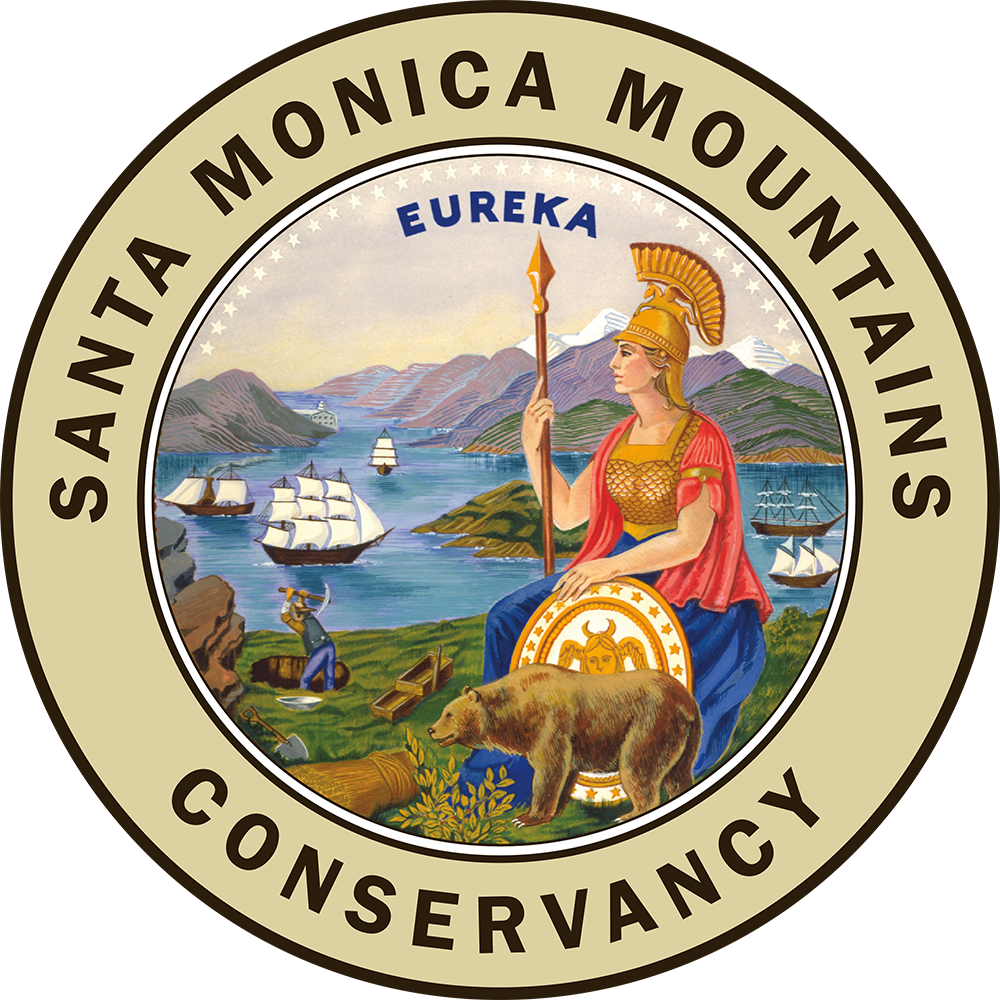


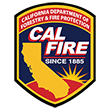
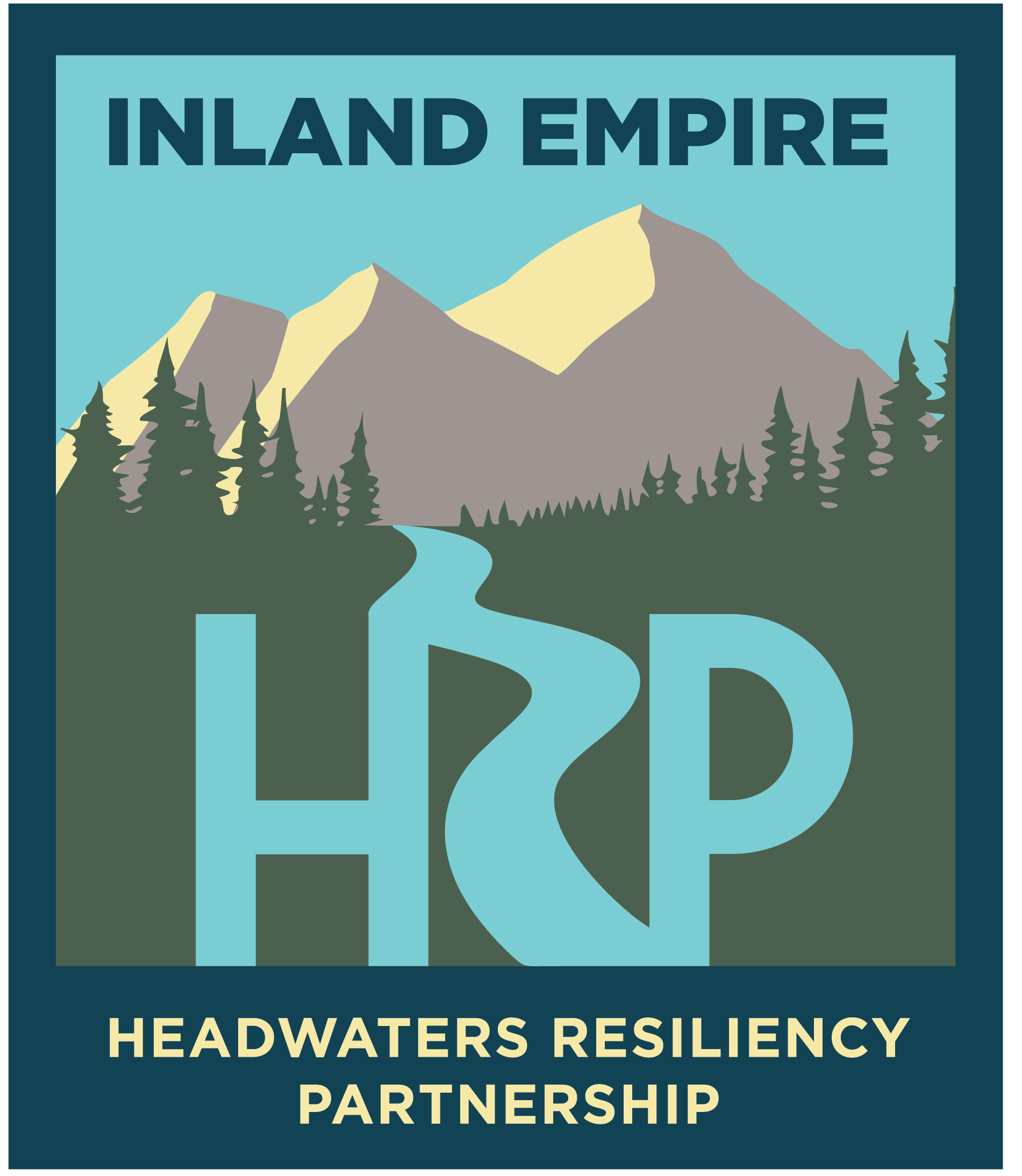
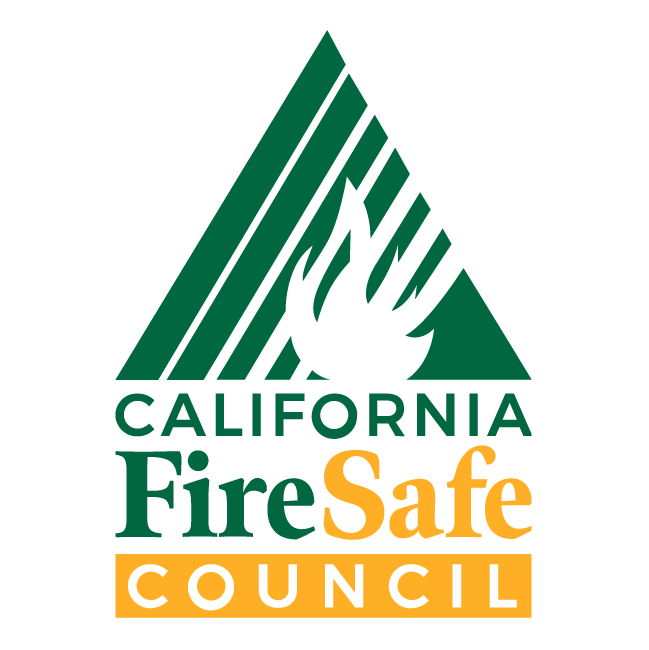
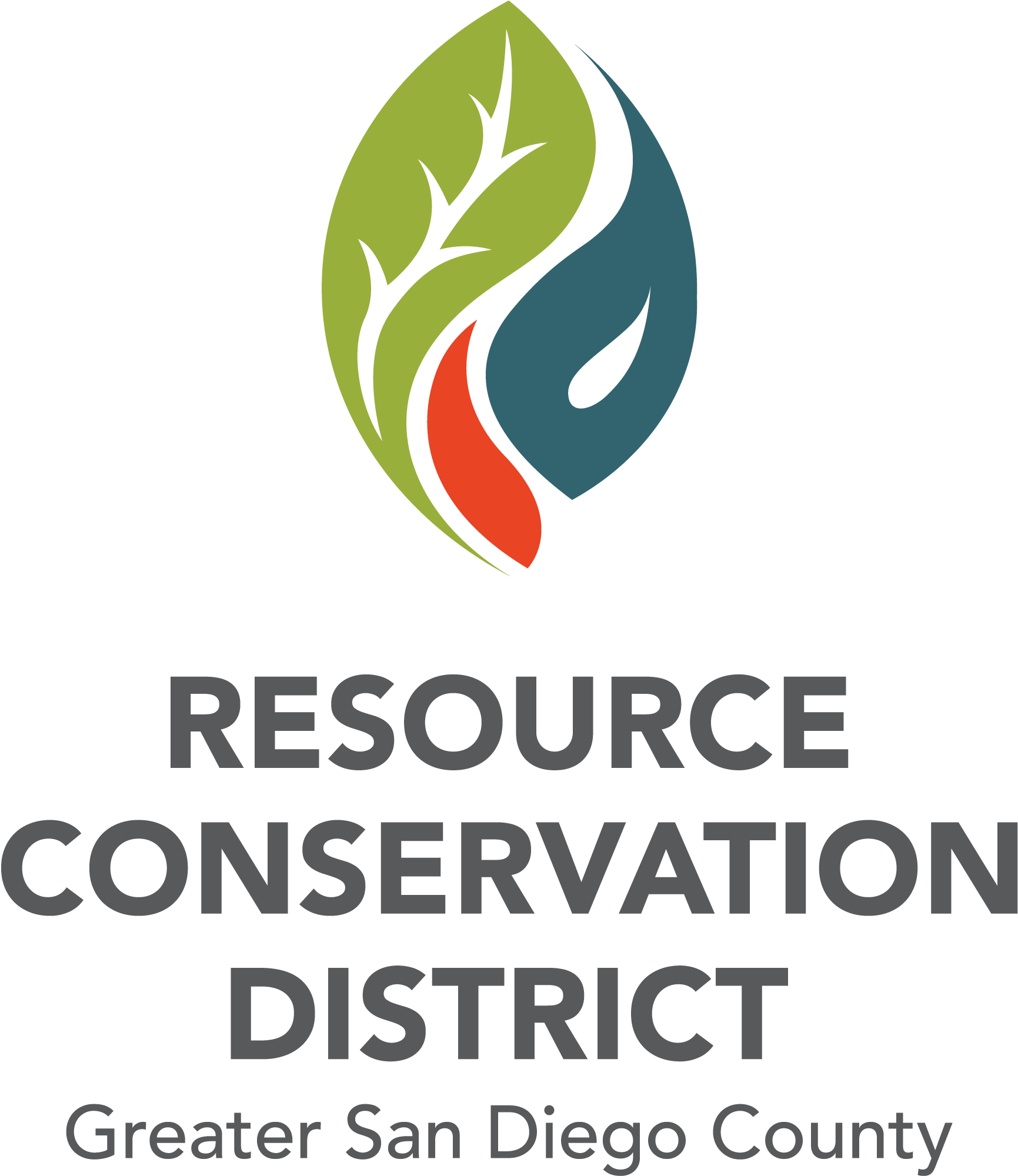
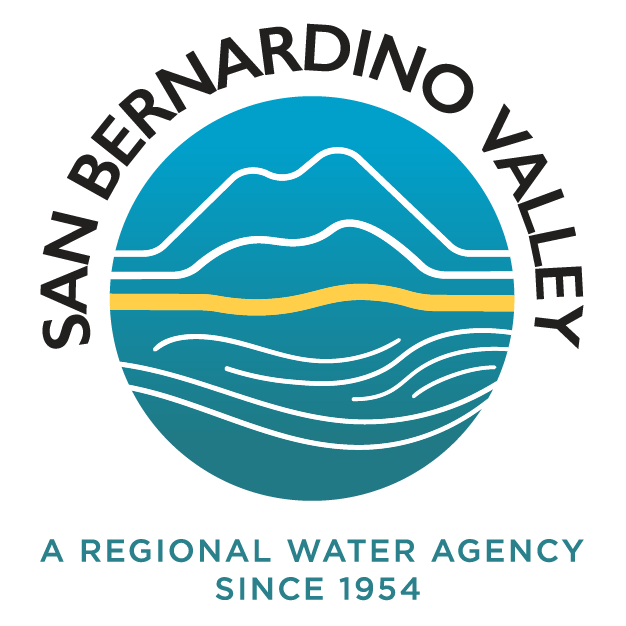


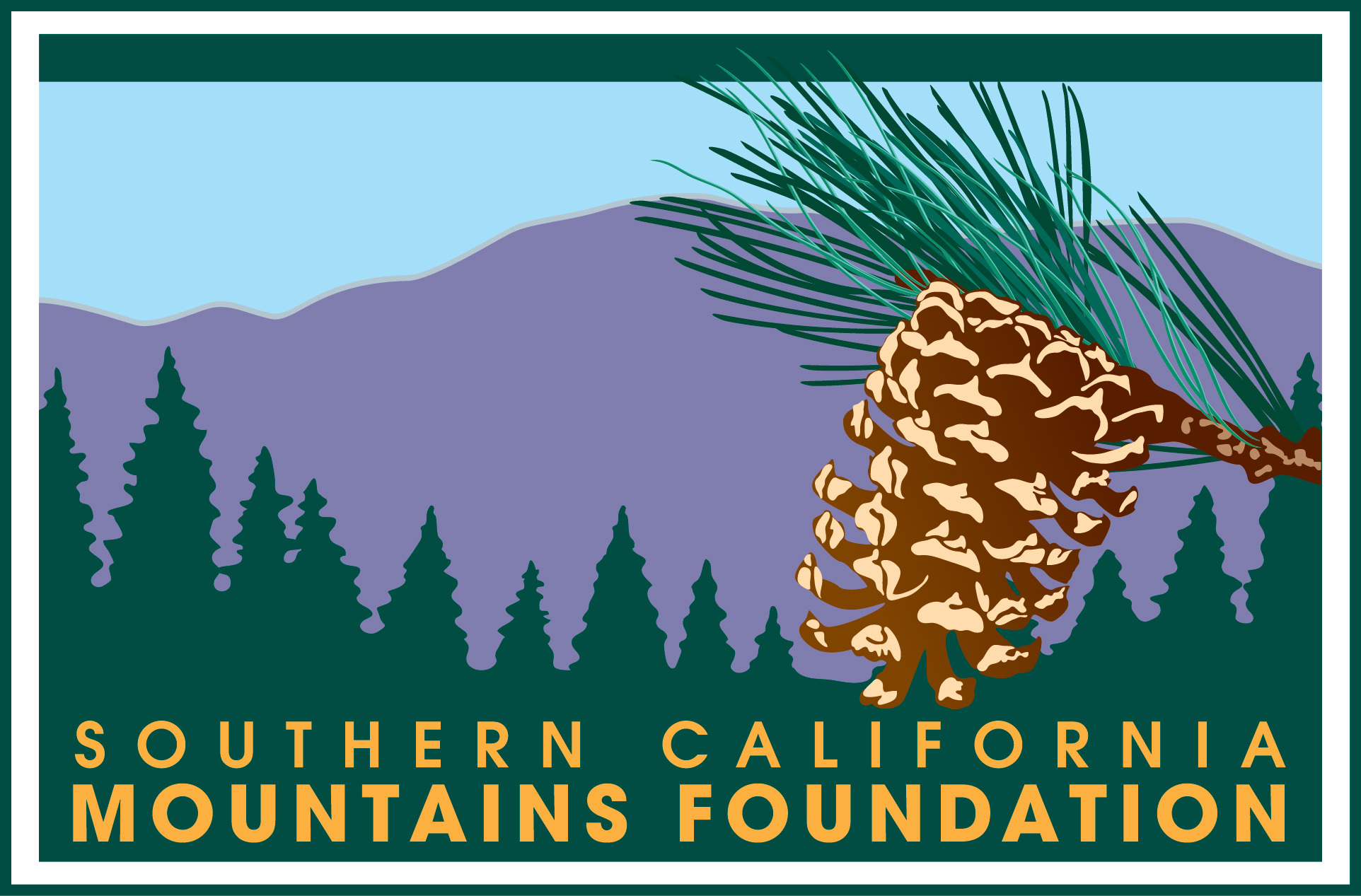
New Outreach Efforts Bring Attention to Wildfire and Forestry Careers
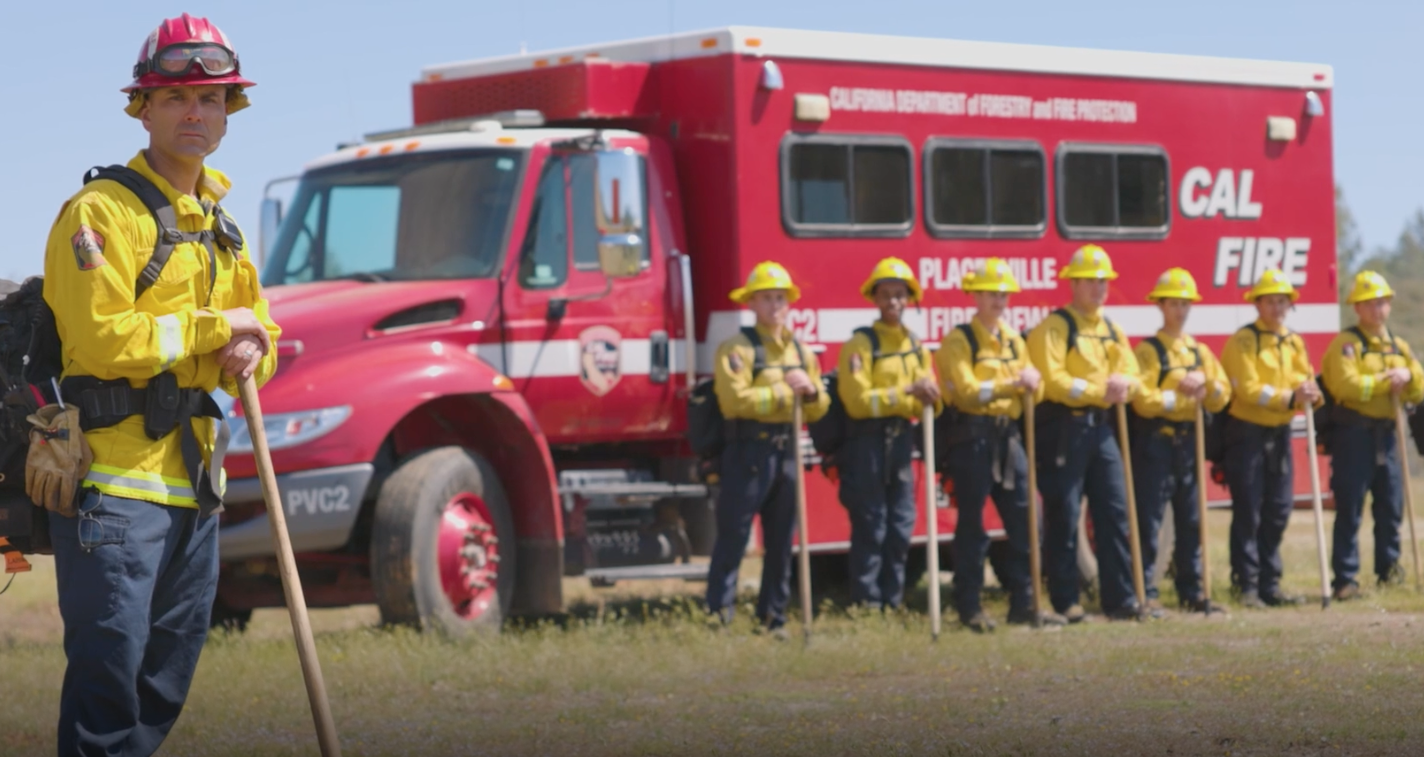
New Outreach Efforts Bring Attention to Wildfire and Forestry Careers
June 11, 2025 – CAL FIRE Launches JoinCALFIRE.com with Comprehensive Information on the Department’s Career Paths:
Key features of JoinCALFIRE.com include: streamlined application paths for both entry-level and advanced positions; detailed job requirements, training information, and career progression insights; a calendar of statewide job fairs and hiring events; and direct access to applications and recruiter information.
The Foundation for California Community Colleges Hosts Climate Futures Webinar Series and Wins a Telly:
- The Foundation for California Community Colleges (FoundationCCC) and Community College Research Center is hosting a webinar series on “Community Colleges and Climate Futures.” The series is exploring how students can be prepared to contribute meaningfully to sustainable local economies and what role colleges can play in strengthening partnerships with businesses to foster climate adaptation. Webinars held February 25, April 8, and June 17 were recorded an are available online and registration for the August 12 webinar is open. The series will culminate with the Community College Climate Summit, September 29-30 in Anaheim.
- The FoundationCCC’s “Resilient Careers in Forestry Campaign” commercial won a bronze award in the 2025 Telly Awards. In partnership with the FoundationCCC California Resilient Careers in Forestry is leading a multifaceted communications effort designed to motivate individuals to pursue careers in forestry, wildland firefighting, and forest operations, and connect them to the training and education pathways best suited to their individual needs and career goals.
Sierra Nevada Conservancy Launches New Wildfire and Forest Resilience Grant Program
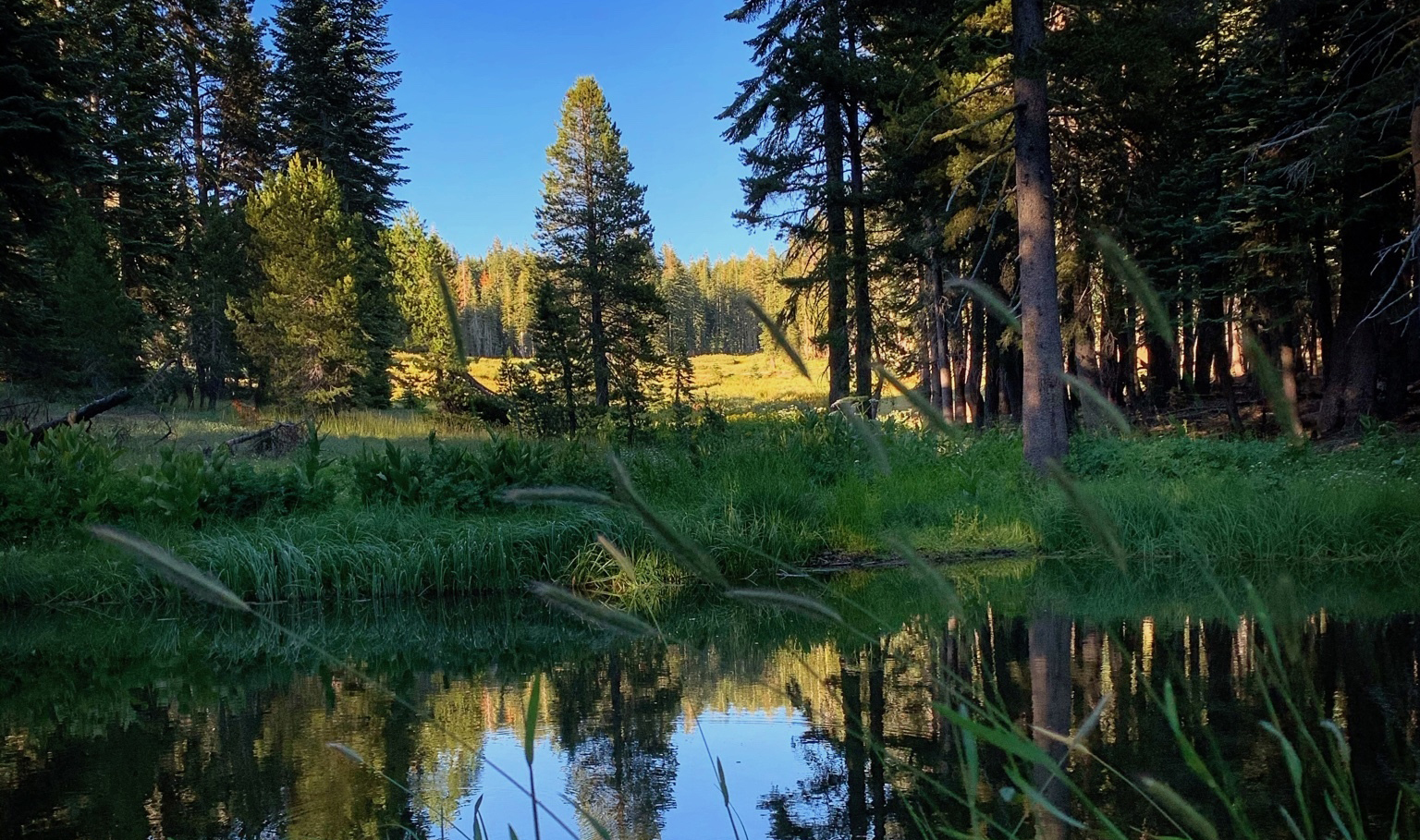
Sierra Nevada Conservancy Launches New Wildfire and Forest Resilience Grant Program
June 16, 2025 – Expedited by the Governor’s Emergency Proclamation on wildfire, the Sierra Nevada Conservancy (SNC) is accepting statements of interest for its Wildfire and Forest Resilience Directed Grant Program. Funded through Proposition 4 (Climate Bond), the grant program will provide $10 million for multi-benefit projects within the Sierra-Cascade region that will protect communities and promote landscape health and resilience. SNC has also opened a solicitation for their $4.1 million Sustainable Recreation, Tourism, and Equitable Outdoor Access grant program.
Wildfire Project Streamlining Requests
Fast-Tracking Critical Fuels Reduction Projects:
Requests to Suspend State Statutes and Regulations
Governor Newsom issued an Emergency Proclamation (Proclamation) on March 1, 2025 to confront the severe ongoing risk of catastrophic wildfires that threatens public safety across California.
The Proclamation authorizes the Secretaries of the California Natural Resources Agency (CNRA) and the California Environmental Protection Agency (CalEPA) to determine which projects are eligible for suspension of certain State of California statutory and regulatory requirements to expedite critical fuels reduction projects, while at the same time protecting public health and the environment.
Eligibility:
A project is eligible to operate under the suspension of state laws if it meets all four of the following requirements:
1. The primary objective of the project is at least one of these activities:
-
- Removal of hazardous, dead, and/or dying trees
- Removal of vegetation for the creation of strategic fuel breaks as identified by approved fire prevention plans, including without limitation, CAL FIRE Unit Fire Plans or Community Wildfire Preparedness Plans
- Removal of vegetation for community defensible space
- Removal of vegetation along roadways, high-ways, and freeways for the creation of safer ingress and egress routes for the public and responders and/or to reduce roadside ignitions
- Removal of vegetation using cultural traditional ecological knowledge for cultural burning and/or prescribed fire treatments for fuels reduction
- Maintenance of previously established fuel breaks or fuels modification projects
2. The request for suspension is submitted in the 2025 calendar year.
3. Work will be performed or supervised by qualified responsible parties, such as Registered Professional Foresters, Certified Rangeland Managers, qualified vegetation management contractors, qualified incident commanders, certified arborists, certified burn bosses and authorized cultural burners.
4. Work will follow Best Management Practices (BMPs) and measures identified in the Statewide Fuels Reduction Environmental Protection Plan (EPP).
As identified above, projects that receive suspension must focus on critical fuels reduction to combat catastrophic fires and promote community safety and resiliency. This includes, but is not limited to, projects identified in CAL FIRE Unit Fire Plans, Community Wildfire Preparedness Plans, and Utility Wildfire Mitigation Plans provided they meet the objectives above.
Statewide Fuels Reduction Environmental Protection Plan (EPP):
View the redlined changes from the May 2025 version
Project Support Resources:
File a Suspension Request:
Approved Project Information:
FAQ's
Given the severe threat of catastrophic wildfire risk, the Newsom Administration is moving to expedite fuel reduction projects that protect public safety and communities. Consistent with Governor Newsom’s March 1 State of Emergency Proclamation (Proclamation) the Secretaries of the California Natural Resources Agency (CNRA) and the California Environmental Protection Agency (CalEPA) are authorized to determine which projects are eligible for suspension of certain state laws and regulations to expedite critical fuels reduction projects, while at the same time protecting public health and the environment.
A project is eligible to operate under the suspension of state laws if it meets all four of the following requirements:
1. The primary objective of the project is at least one of these activities:
-
- Removal of hazardous, dead, and/or dying trees
- Removal of vegetation for the creation of strategic fuel breaks as identified by approved fire prevention plans, including without limitation, CAL FIRE Unit Fire Plans or Community Wildfire Preparedness Plans
- Removal of vegetation for community defensible space
- Removal of vegetation along roadways, high-ways, and freeways for the creation of safer ingress and egress routes for the public and responders and/or to reduce roadside ignitions
- Removal of vegetation using cultural traditional ecological knowledge for cultural burning and/or prescribed fire treatments for fuels reduction
- Maintenance of previously established fuel breaks or fuels modification projects
2. The request for suspension is submitted in the 2025 calendar year.
3. Work will be performed or supervised by qualified responsible parties, such as Registered Professional Foresters, Certified Rangeland Managers, qualified vegetation management contractors, qualified incident commanders, certified arborists, certified burn bosses and authorized cultural burners.
4. Work will follow Best Management Practices (BMPs) and measures identified in the Statewide Fuels Reduction Environmental Protection Plan (EPP).
As identified above, projects that receive suspension must focus on critical fuels reduction to combat catastrophic fires and promote community safety and resiliency. This includes, but is not limited to, projects identified in CAL FIRE Unit Fire Plans, Community Wildfire Preparedness Plans, and Utility Wildfire Mitigation Plans provided they meet the objectives above.
Eligible entities include, but are not limited to, public agencies, Tribes, Resource Conservation Districts, non-governmental organizations, Fire Safe Councils, utilities and professional land managers.
The following state statutes and regulations that fall within the jurisdiction of the California Environmental Protection Agency and the California Natural Resources Agency are eligible for suspension under the State of Emergency proclamation:
-
-
- California Environmental Quality Act (Public Resources Code [PRC] Section 21000 et seq.)
- California Coastal Act (PRC Section 30000 et seq.)
- California Endangered Species Act (Fish and Game Code [FGC] Sections 2050-2115.5); Prohibition of the take of any species of wildlife designated as endangered, threatened, or candidates for listing.
- Lake or Streambed Alteration Agreement, notification of significant alteration to stream channel, bank or bed (FGC Section 1600 et seq.)
- Native Plant Protection Act (FGC Section 1900 et seq.)
- Western Joshua Tree Conservation Act (FGC Section 1927 et seq.)
- California Fully Protected Birds (FGC Section 3511)
- California Migratory Bird Protection Act (FGC Section 3513)
- California Fully Protected Mammals (FGC Section 4700)
- California Fully Protected Reptiles and Amphibians (FGC Section 5050)
- California Fully Protected Fish (FGC Section 5515)
- FGC Sections 5650 and 5652; Deposition of deleterious material into waters of the state.
- FGC Section 5901; Fish passage.
- FGC Section 5937; Sufficient water for fish.
- FGC Section 5948; Obstruction of streams.
- FGC Section 2000; Taking is unlawful except as provided
- FGC Sections 3503 and 3503.5; Protection for bird nests and eggs and birds of prey
- FGC Section § 86, where “Take” shall be avoided. Take is defined as to hunt, pursue, catch, capture, or kill, or attempt to hunt, pursue, catch, capture, or kill.
- 14 CCR Section 13001 et seq.; California Coastal Commission Administrative Regulations
- California Water Code (CWC) Section 13160 and all regulations pursuant to that section; Water quality certification for discharges to navigable waters
- CWC Section 13260 and all regulations pursuant to that section; report of waste discharge requirement for discharges of waste or proposed discharges of waste to waters of the state
- 17 CCR Sections 80100-80330; Smoke Management Guidelines for Agricultural and Prescribed Burning
- PRC Sections 5024 and 5024.5; State agency consultation
-
Suspensions apply only to these identified state statutes and regulatory requirements. Applicable local and federal laws and regulations remain in place.
A project proponent completes the online application, which can be found at this website landing page. Completing this application provides the Secretaries and their state agencies all needed information to determine if suspension can be granted. Project proponents will receive notification within 30 calendar days if their application has been approved.
The request for suspension, made through the online application, must be submitted in the 2025 calendar year. On-the-ground work must begin no later than October 15, 2026. Typically, projects must be completed within two years of initiating work on-the-ground. However, extensions may be allowed for up to five years from the commencement of on-the-ground work for fuels reduction projects that have been awarded funding from the following state grant programs:
- CAL FIRE Wildfire Prevention Grants
- CAL FIRE Forest Health Grants
- California Forest Improvement Program within the Coastal Zone (projects must have fuels reduction as a key objective)
- Climate Bond early action funding (Prop 4)
- Programs funded through Wildfire Resilience Packages in FY 21/22, 22/23, and 23/24
Projects that receive extensions must submit progress reports that are required under their grant agreements to the suspension review teams at CNRA and CalEPA. Additionally, state agencies within CNRA (e.g. CAL FIRE, State Parks, CDFW, State Lands Commission, State Conservancies) are eligible to apply for extensions of up to five years from the commencement of on-the-ground work for projects that they lead and directly implement.
No. Once approved, suspensions remain in effect for the duration of project work.
Projects must meet the eligibility criteria identified above. When applicants submit suspension requests, they attest that project work will comply with BMPs and measures identified in the Statewide Fuels Reduction Environmental Protection Plan. Secretarial Determinations are conditioned on compliance with the EPP. Agency staff will have the opportunity to inspect project sites to assess EPP compliance and make recommendations for resource protection.
For-profit commercial timber operations that do not have as a primary objective one of the six listed above and cited in the State of Emergency proclamation.
Large landscape projects of over 3,000 acres are not eligible for suspension and are advised to pursue permitting through the California Vegetation Treatment Program (CalVTP) process.
The Statewide Fuels Reduction Environmental Protection Plan (EPP) can be found here. It identifies the Best Management Practices and measures which must be followed by projects that receive suspensions. The EPP streamlines and simplifies the substantive requirements that would otherwise govern fuels reduction projects through the normal regulatory process. The EPP covers practices such as:
- Access to the project site for inspection
- Identifying and protecting sensitive resources
- Tribal cultural resources
- Coastal zone sensitive habitat
- Riparian and water quality
- Biological resources such as habitat, fish and wildfire
- Measures to control sediment and erosion
- Procedures when conducting prescribed fire and grazing
No. To ensure a consistent approach for implementation, the Secretaries will condition their determinations on compliance with the Statewide Fuels Reduction EPP; alternative plans developed by others are not being accepted.
The Governor’s Emergency Order issued on March 1 called on the California Board of Forestry to refine and expand the California Vegetation Treatment Program. The Board of Forestry has taken steps to begin the process of updating the CalVTP, including soliciting input from practitioners on how to improve the process. The updated process could take approximately one year, though the exact timing will depend on the level of input received and the scope of changes to be made.
Please note that the information below is intended as a resource to help applicants navigate their project planning and implementation needs. However, the State provides no assurances that the entities listed below are available for project requests. Please be advised that receiving assistance is not a guarantee that your project will be approved for a State of Emergency Proclamation suspension.
Agency Contacts:
CAL FIRE Regional Unit Forester Contact List
Local CA Department of Fish & Wildlife Contact List
University of California Agriculture and Natural Resources Fire Network Contact List
California Department of Conservation Regional Fire and Forest Capacity (RFFC) Program Contact List:
North Coast Resource Partnership
Rose Roberts – rroberts@northcoastresourcepartnership.org
North Sacramento Valley Coalition
Greg Conant – greg@glenncountyrcd.org
Tahoe Conservancy
Christine Aralia – Christine.Aralia@tahoe.ca.gov
Santa Monica Mountains Conservancy
Sarah Kevorkian – sarah.kevorkian@mrca.ca.gov
Rivers and Mountains Conservancy
Blair Crossman – bcrossman@rmc.ca.gov
Inland Empire RCD
Susie Kirschner – skirschner@iercd.org
Inland Empire Community Foundation
David Hernandez – dhernandez@iegives.org
RCD of Greater San Diego
Stan Hill – stan.hill@rcdsandiego.org
State Coastal Conservancy
Lilly Allen – lilly.allen@scc.ca.gov
Irvine Ranch Conservancy
Madi Killebrew – mkillebrew@irconservancy.org
Resources to Find Licensed or Certified Professionals:
Find a Registered Professional Forester
Find a Certified Rangeland Manager
Verify the license of someone you may already working with
Spring Regional Meeting Agenda

Questions? Please contact foresttaskforce@fire.ca.gov
Thank You to our Hosts

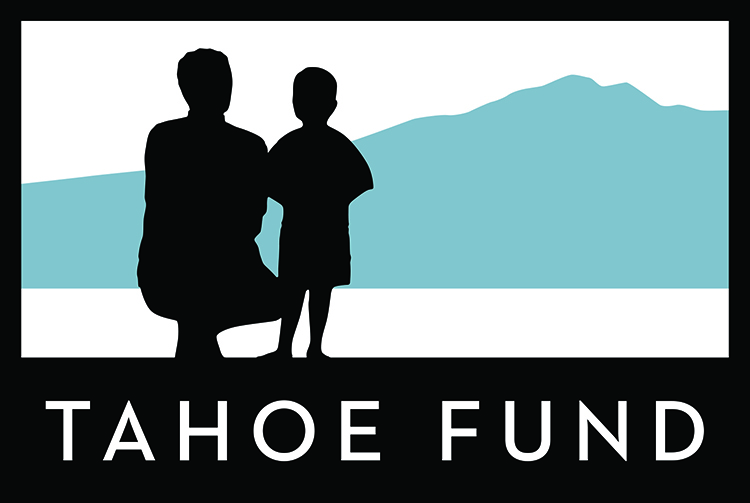
Thank You to our Sponsors


